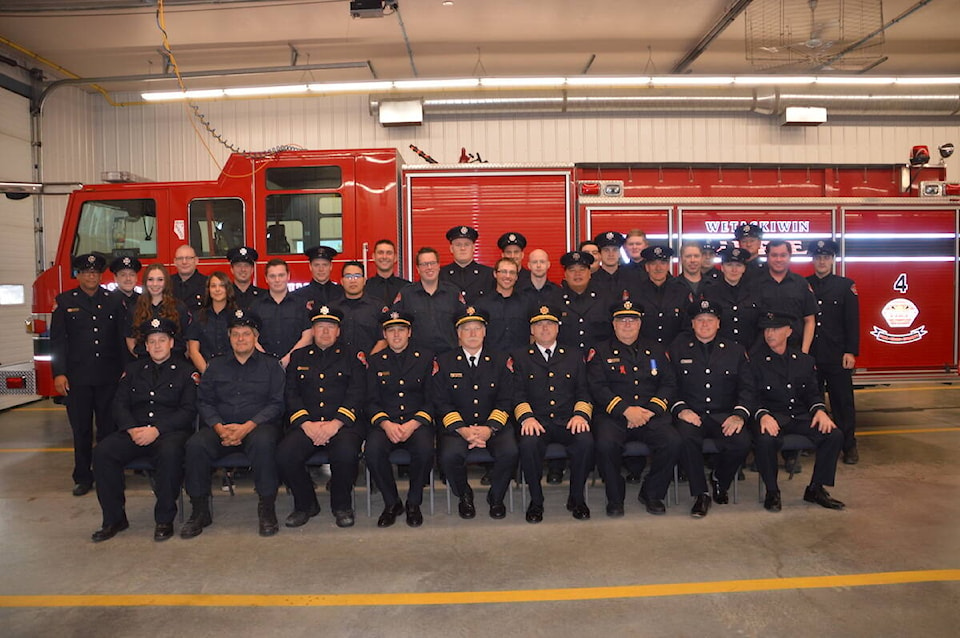The City of Wetaskiwin has made changes to Wetaskiwin Fire Services (WFS) response levels as a response to growing call volume and concern over firefighter burnout.
At the regular May 9, city council meeting council voted unanimously to change WFS response protocols after seeing a steady rise in call volume over the last several years.
The increased call demand and shortage of emergency responders is an issue felt across the province. In a May statement senior provincial director and chief paramedic with AHS EMS Darren Sandbeck, stated that since last summer EMS has seen a 30 per cent increase in call volumes in many areas and call types are increasing.
Sandbeck said that the high call volumes have resulted in longer response times and growing concerns of ambulance shortages across Alberta.
In 2021 WFS responded to 690 calls which is a substantial increase from the 456 calls in 2018, 562 in 2019, and 515 in 2020. The city says the increased call volume has put an incredible strain on the department’s paid-on-call members.
“As our call volume has increased, we have had firefighter mental health at the forefront of our minds,” said WFS Deputy Chief Alex Plant.
“Burnout and turnover are a concern. Emergency responders are put under a lot of stress, so we’ve had to look for mitigation strategies to avoid burnout and turnover.”
In order to achieve a reduction in calls, the city has identified changes in response protocol to three types of calls which has been approved by council.
These calls include:
Medical calls
- Currently: WFS is paged out to medical calls at the Delta and Echo level.
- Change: The fire department will be called out by request only.
- What this means for residents: WFS responds to medical calls often to find paramedics have the situation under control or even have the ambulance leaving the scene. Moving to a request only model will still see WFS respond if there is an imminent need or if there are no ambulances available in the area.
Motor vehicle collision calls
- Currently: The fire department is paged out to collisions of a wide variety, from fender benders to multi-car pileups.
- Change: WFS will only roll out to high velocity impacts and collisions involving entrapment.
- What this means for residents: Firefighters will respond to collisions of a high severity where their rescue capabilities are required. Smaller incidents, requiring no more than traffic control or debris clean-up, can be handled by other resources.
Fire alarm calls
- Currently: WFS responds to alarm calls for a variety of residential and commercial properties.
- Change: Multiple false alarms will trigger an invoicing process with the aim of reducing false alarm calls.
- What this means for residents: While command units will continue to respond to and verify the false alarm, two or more false alarms within a six-month period will prompt an invoice to the property owner which is outlined in the Fire Bylaw.
“To be clear: the health and safety of Wetaskiwinites is of paramount concern to us. For more than 100 years, the fire department has had a strong tradition of quality community service and we will not compromise that. A reduction in service levels will not see us reduce our standards.”
In addition to the City of Wetaskiwin, WFS respond to calls in the County of Wetaskiwin Rural Fire Protection Zone 2.
WFS is currently recruiting for paid-on-call firefighters.
shaela.dansereau@pipestoneflyer.ca
Like us on Facebook and follow us on Twitter
